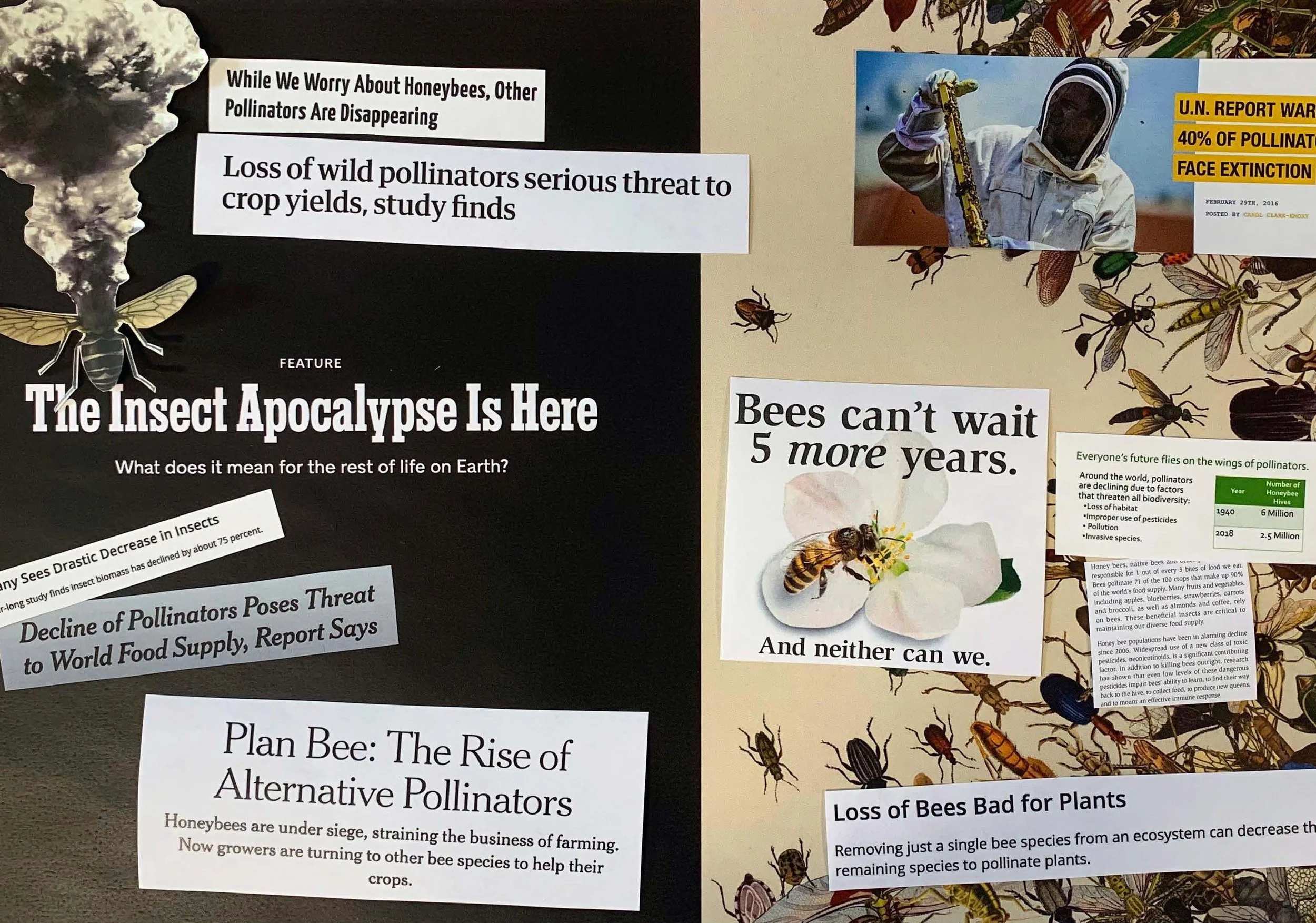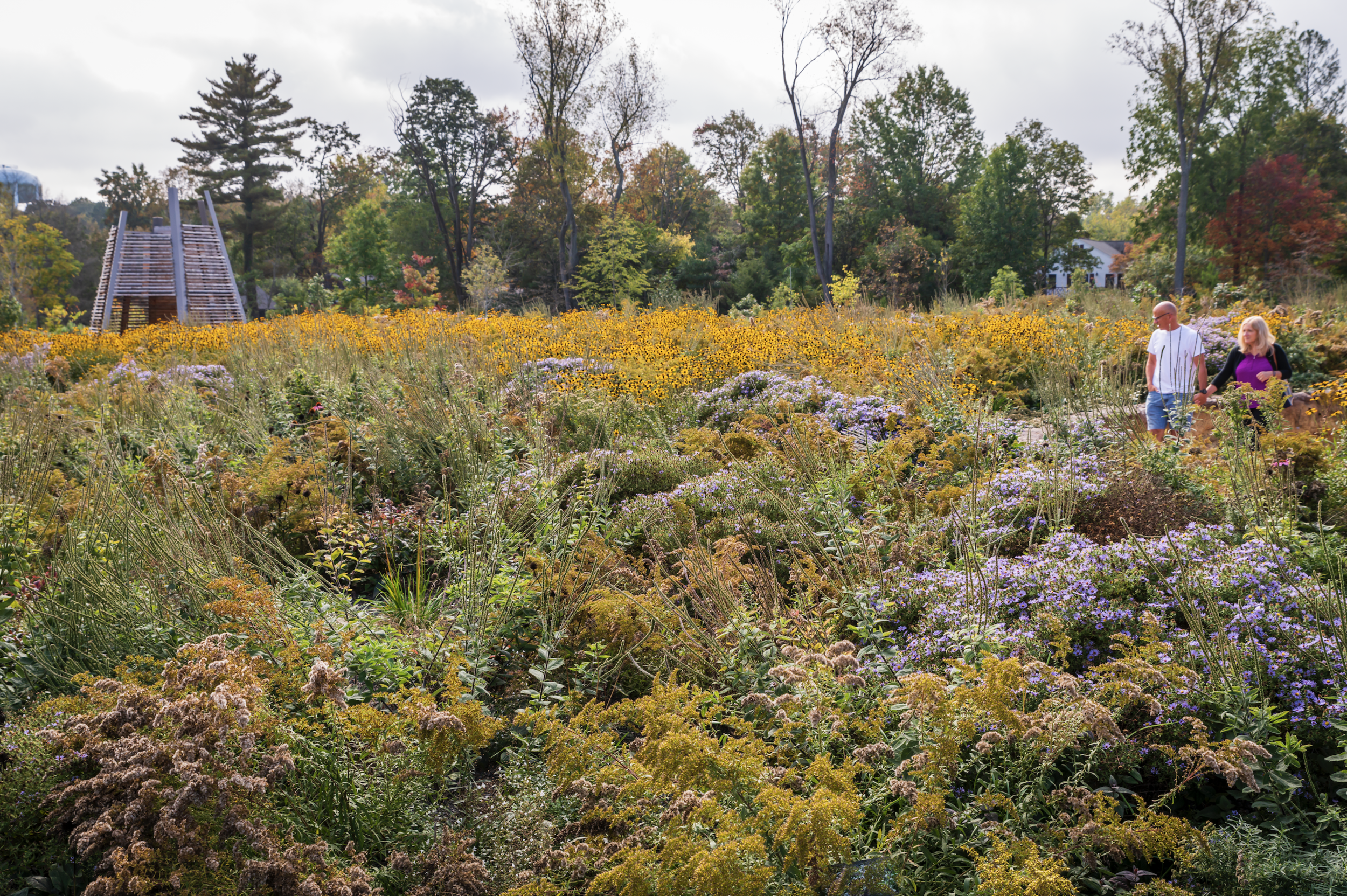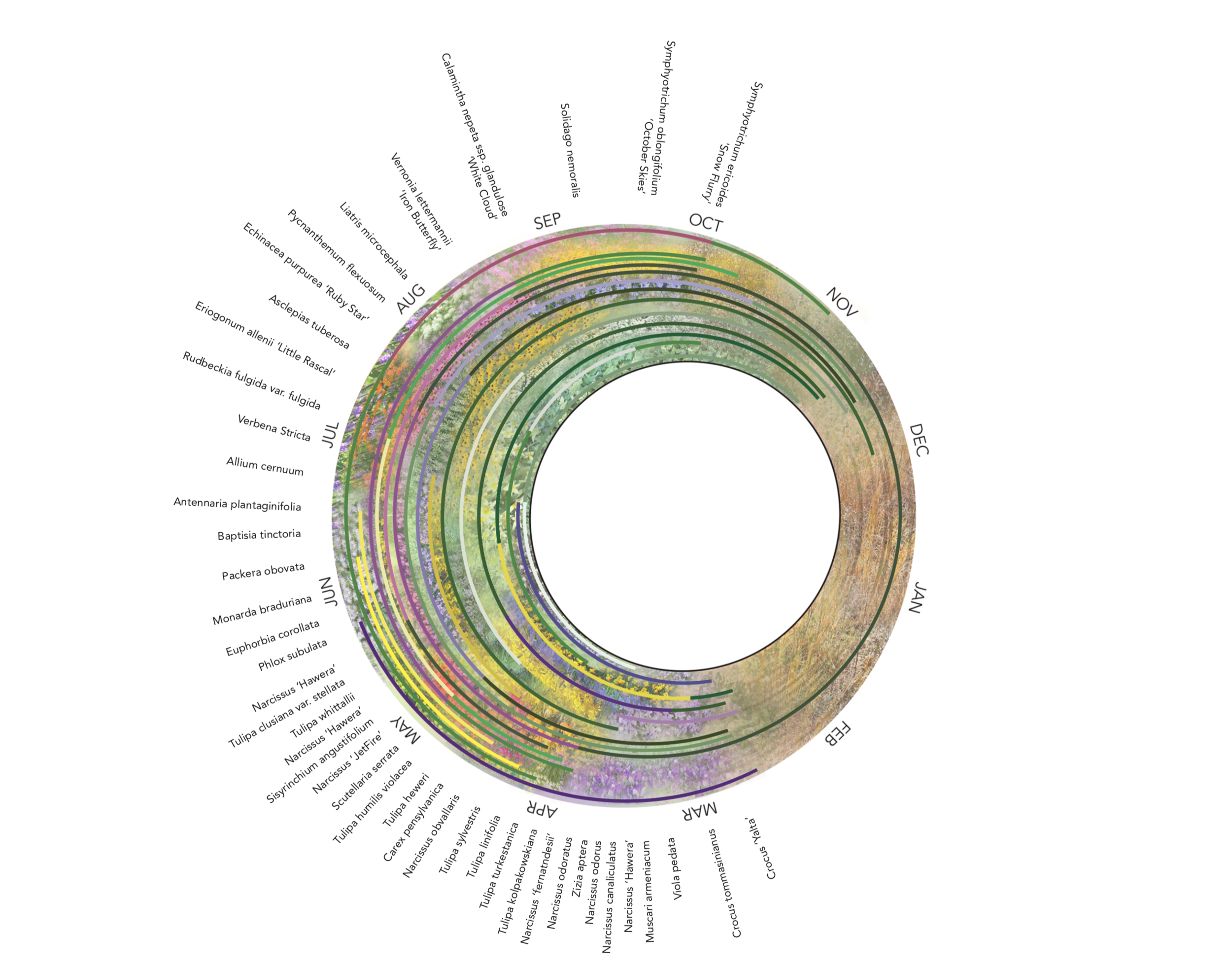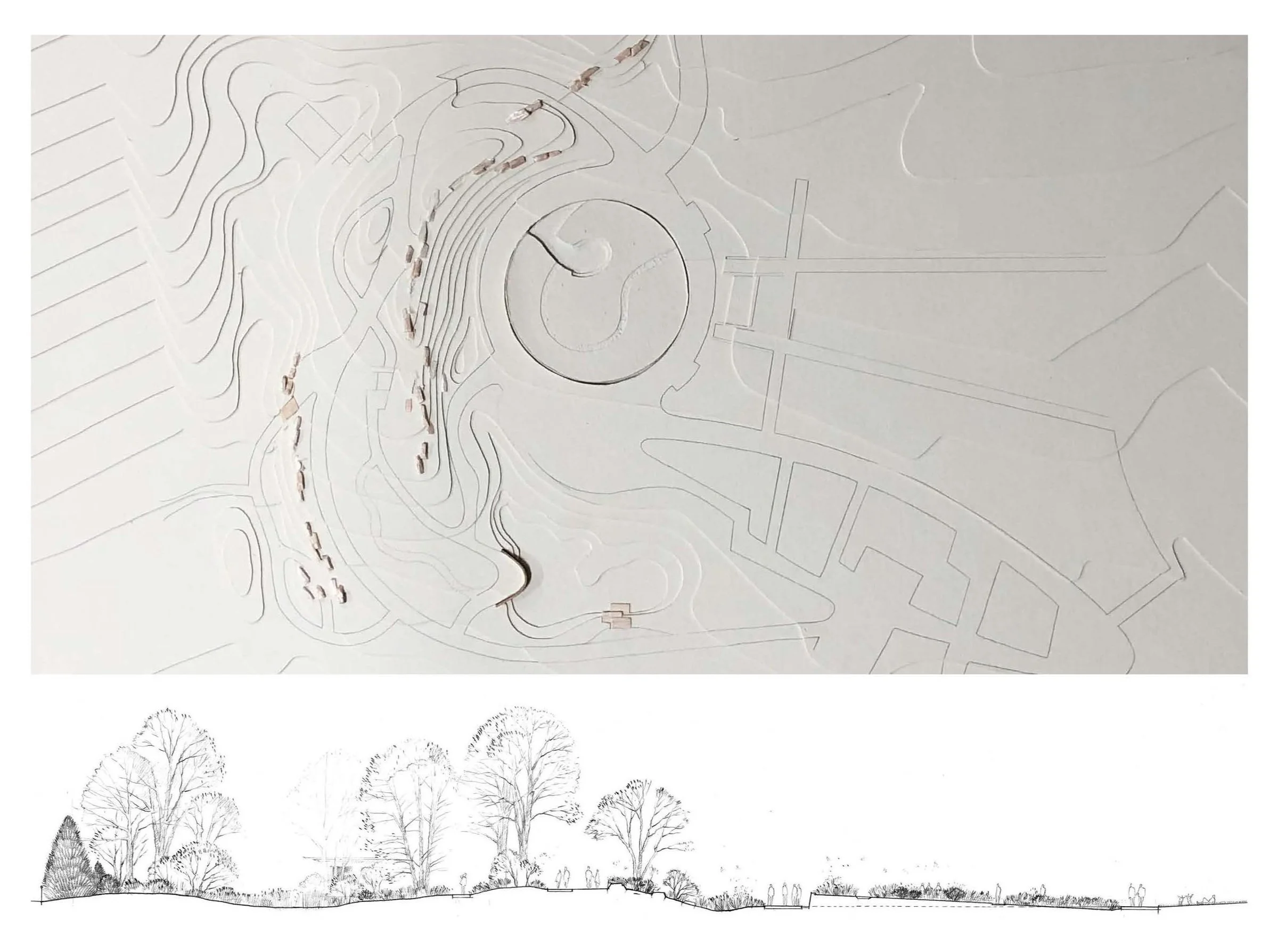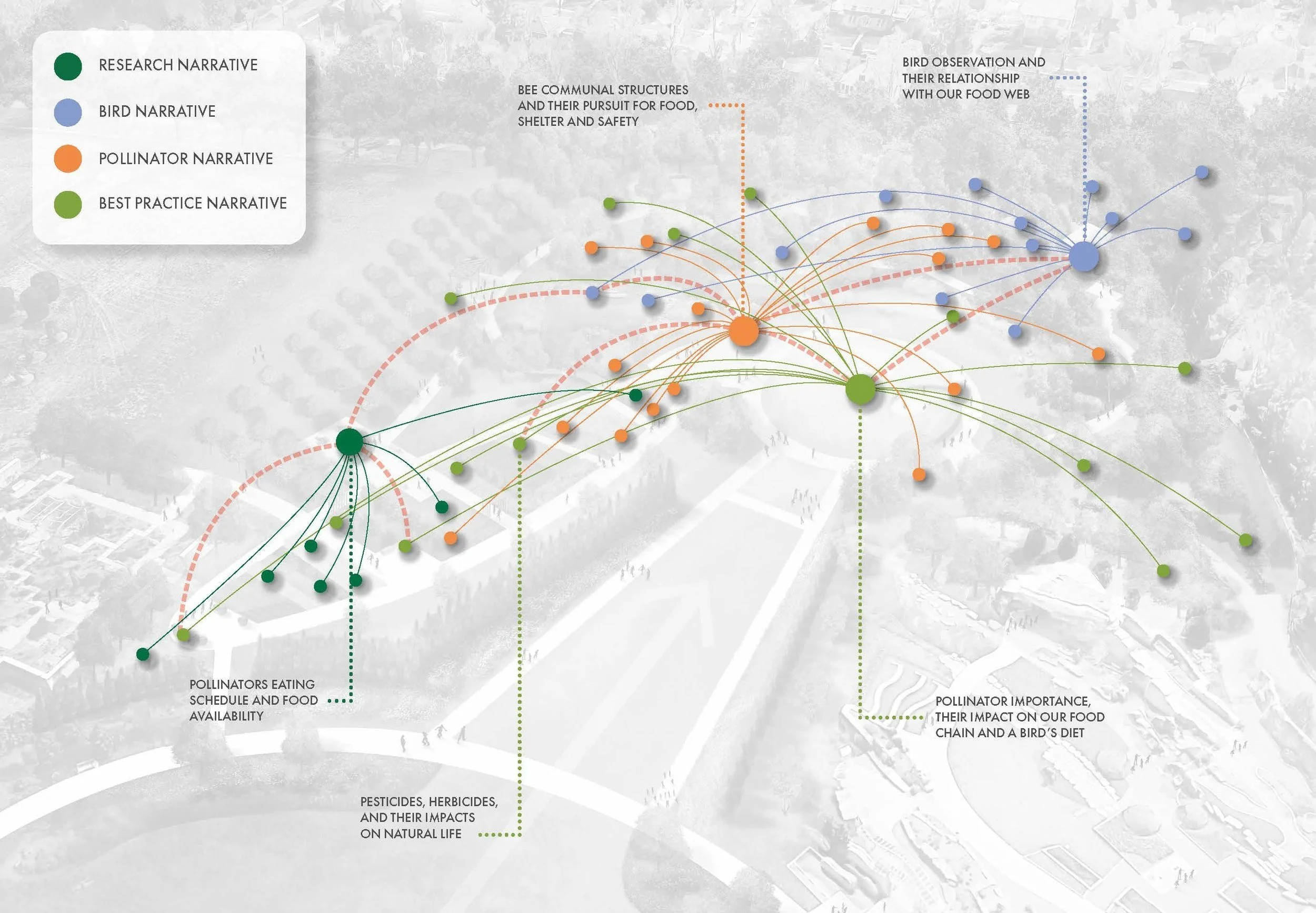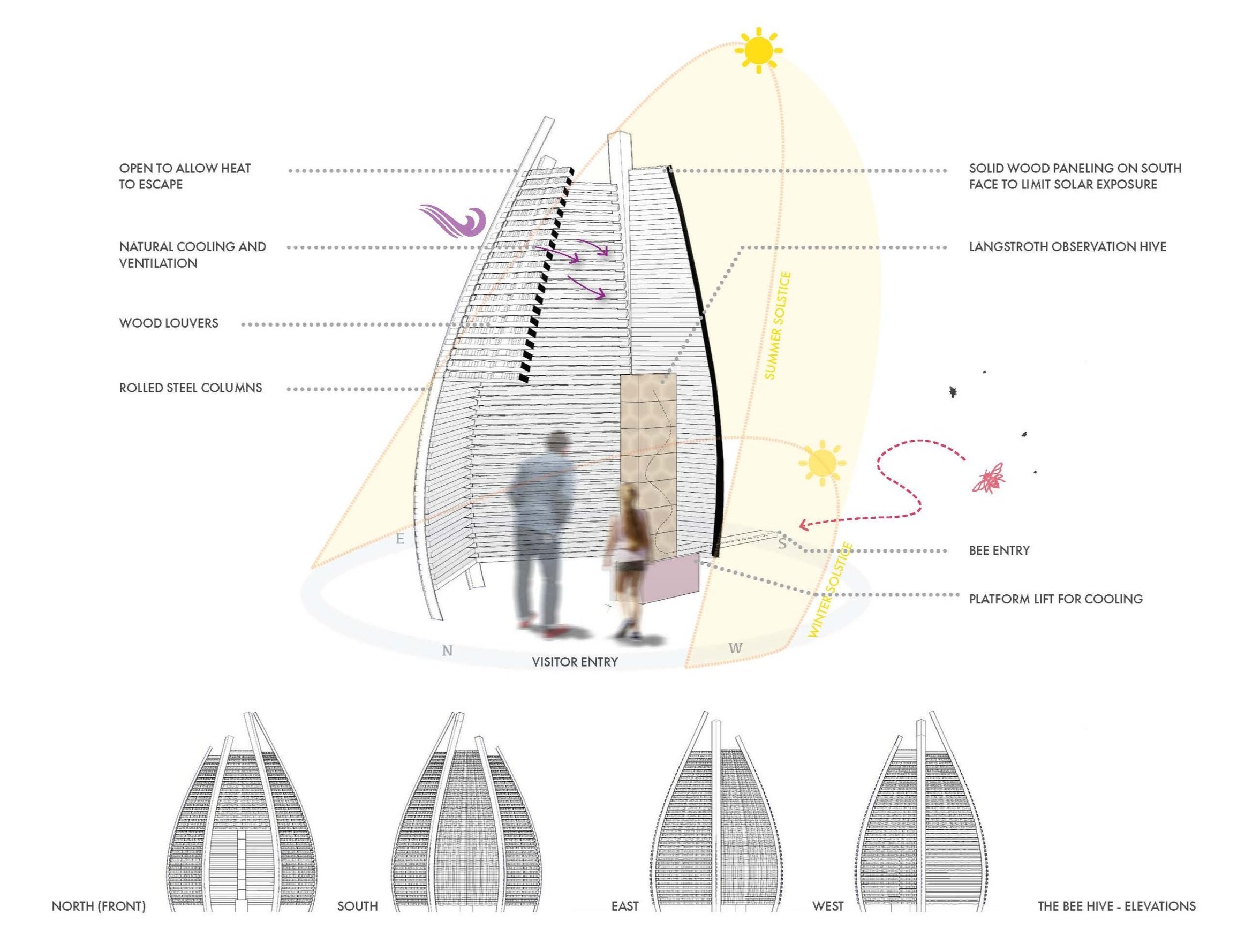From Absence to Abundance
The widespread issue of pollinator decline has reached peak awareness in recent years. However, in many ways this awareness remains somewhat vague and apocalyptic.
In 2018, Didier Design Studio embarked on a journey with an incredible team at Penn State to create a new garden as an extension of ongoing research to understand and explain the recent decrease in pollinator and bird populations across the world.
Conducted in close collaboration with Phyto Studio and the Center for Pollinator Research at Pennsylvania State University, the garden is now open to the public disseminating research and knowledge on pollinator and bird habitats. Reflecting on all we learned over the years spent planning and building this garden, we hope that this garden inspires others to create biodiverse, rich pollinator habitats throughout the world. Our biggest takeaways when designing landscapes for birds and pollinators are…
Phenology
To sustain broad populations of pollinators, there should always be an abundance of “food on the table”. Our team gathered significant research in order to identify and understand regional pollinator communities and their needs. Working closely with Phyto Studio, we created a strong organizing framework for the garden with special focus given to native generalist plants with high value for pollinators. Incorporating high family, genus, and species diversity, we were able to fill a wide range of spatial and temporal niches and offer extended blooming period with no gaps.
Habitat diversity
In order to support the plant diversity needed to sustain this garden, we transformed the site’s fairly flat topography into a sculpted terrain. The creation of a varied groundplane allowed us to create a diverse set of conditions and habitats, and to create a sense of immersion and connection to plants and pollinators. What was previously pasture land for grazing has now expanded to include mixed woodland, deciduous woodland, shady glade, sunny edge, meadow, orchard, shrub edge, and wetland typologies.
Design criteria
As a joint effort between the design team and the faculty of entomology and horticulture, the creation of the garden relied on clear goals and principles to govern the layout of the garden. Key research informed the design criteria for distinct spaces and exhibits within the garden. Depending on the time of year, and association with temporal bloom events, various stories and interrelationships emerge to create a dramatic educational framework.
Human experience
Beyond creating distinct habitats and conveying research narratives, we focused on creating powerful experiences allowing people to more closely observe and connect to the world of pollinators. One challenge is scale, and how difficult it can be for people to observe pollinators when their scale is so different from our own. We realized that in order for people to become aware of the micro scale world of pollinators, we would need to bring people closer.
We designed the garden to bridge different scales: creating a sense of progression, and building greater proximity and intimacy between people and pollinators. From an initial sense of distance, as if approaching the habitat of the disc from above, visitors slowly find themselves immersed within, engaging pollinators directly at eye level. We played with this situation throughout the garden, at times reversing the relationship: from pollinators in the world of people, to people immersed in the world of pollinators.
A unique beehive structure within the garden allows for close proximity between people and pollinators. The hive structure acts as a skin, shading the Langstroth hives within and providing an intimate shared space for people to observe the bees.

